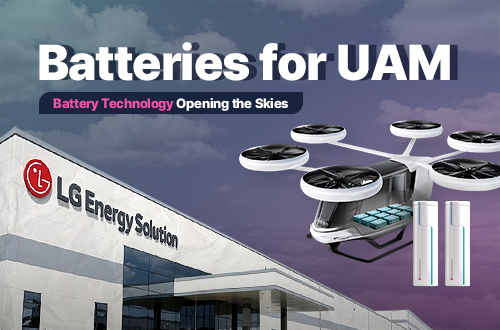✍️
Hyunjoon Yoo
Professor, Hongik University
Principal, Hyunjoon Yoo Architects
The history of human civilization is the history of the development of cities. Humanity has progressed with the advancement of settlements, and even today, cities are constantly evolving. As such, we now need to factor in batteries when looking into how cities and the way we live are changing. Let’s take a moment to reflect on how batteries help shape our lives and spaces and the relationship between batteries and cities.

Cities Are Living Organisms
Cities bridge people together
Regular personal computers (PCs) are inferior to supercomputers when it comes to computing power. However, when a number of regular PCs are connected in parallel, their aggregated computing capability reaches the level of a supercomputer. For example, the SETI (Search for Extra-Terrestrial Intelligence) project utilized the PCs’ unused computing resources offered by volunteers around the world and connected them in parallel to form a network. The network acted as a supercomputer that was able to analyze signals coming from space.
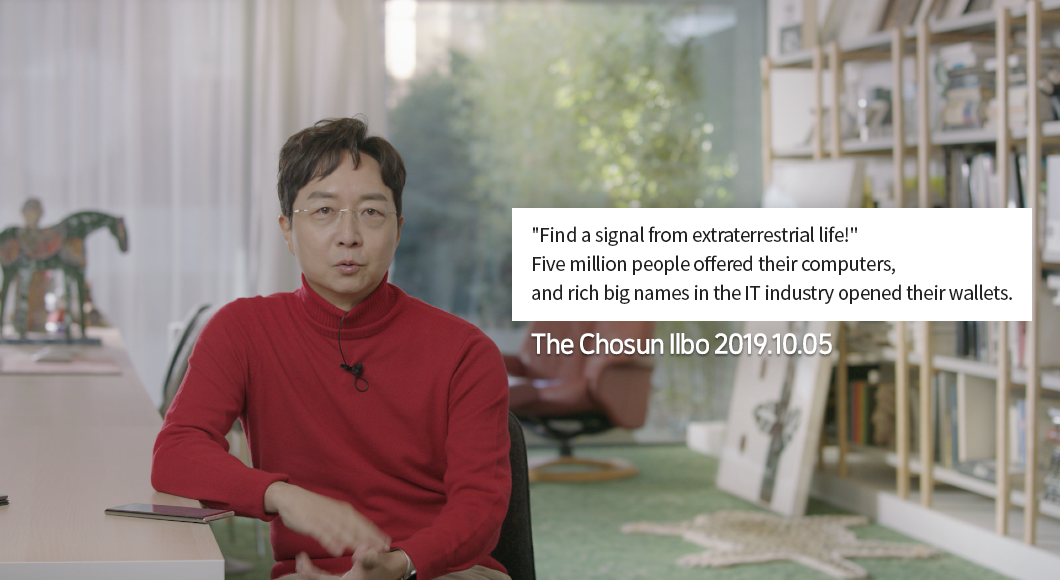
As a matter of fact, this is also true among humans. There may be nothing particularly remarkable about our brains, but when we put our minds together in parallel, we form collective intelligence and become something greater. Of course, we can’t connect our brains with cables. However, we can connect them through language. Through dialogues, our ideas intertwine and interconnect with each other. Such connections are only possible when people are in the same place and at the same time, and cities worked as an enabler for people to communicate.
Evolutionary patterns of cities resemble that of living organisms
With the development of civilizations, cities gradually grew in size. You will notice that the evolution patterns of cities resemble that of living organisms. Take a single cell as an example, one cell receives oxygen through the cell membrane, and when a cell divides and multiplies, the inner cell ends up dying as it cannot receive oxygen anymore. To solve this problem, the human body has evolved and developed the circulatory system, allowing our body to send oxygen to each and every cell through the passage of blood.

Urban development is similar. Human settlement first begins as a tiny village with a few huts, much like an organism with a few cells. However, as an organism or community matures and becomes a home to a few thousand people, it needs to develop its own circulation system to sustain itself. It needs to have a water supply system, which is the first circulatory system. When the organism further evolves, the circulatory system also further develops, creating a sewage system. The Roman Aqueduct, for example, was an ancient water supply system that could be thought of as an arterial network that supplied clean blood to each member of society. Likewise, the Paris sewers, a wastewater collection system, could be viewed as a venous network that collected dirty blood.
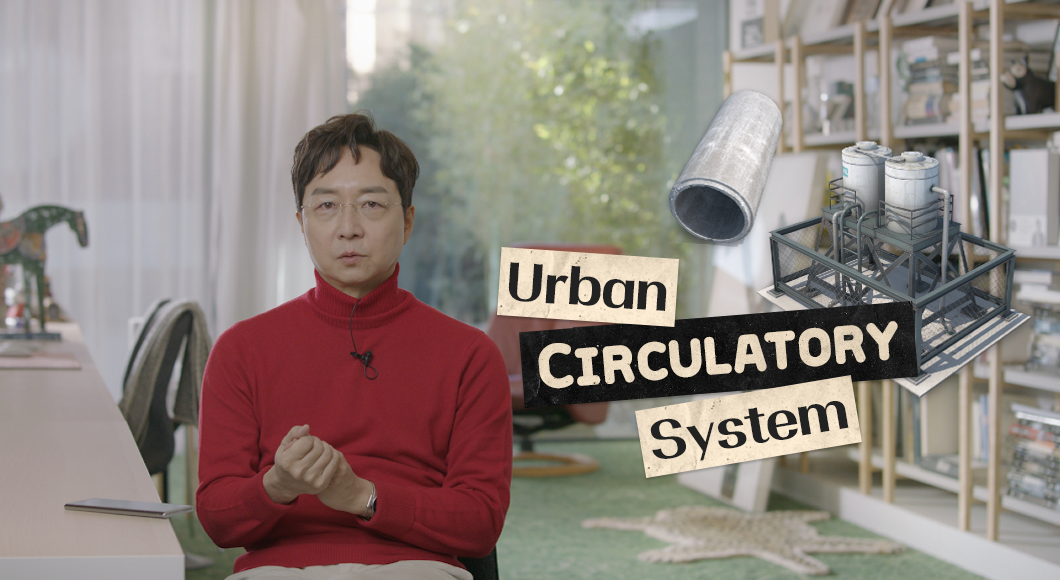
Limitations of Urban Evolution
When people started using light bulbs, the power grid entered the picture and became an integral part of urban evolution. Nowadays, power grids encompass an entire city to supply electricity whenever an appliance is plugged into the grid. Yet, there is a caveat. The system confined people to a certain location. For example, when we plug the TV into an outlet to watch our favorite TV show, we are stuck in that area as the TV itself cannot go beyond the length of its cable. In fact, many electronic devices are bound to such spatial limitations.
Energy Everywhere
Batteries liberate the electrical energy
Let’s think about the evolution of a city’s energy system. In the early days, people relied on animal power to produce energy. Then, coal power was introduced during the industrial revolution, and the invention of the steam engine enabled the conversion of energy for man’s use. Then, the internal combustion engine powered by petroleum entered the picture, overcoming the spatial constraints to some extent: a car could travel 500 to 600km with a full tank. Then, with the development of batteries, devices that used to be powered by electricity were unplugged and liberated from their spatial limitations.

The emergence of the BoT concept
The term “Ubiquitous City” became popular about 15 years ago, and the Internet of Things (IoT) became a household name. In a nutshell, experts define IoT as ‘Computer Everywhere,’ referencing Edison’s catchphrase ‘Light Everywhere’ when he first invented the light bulb. He meant that the light provided by the sun had become available anytime, anywhere with the light bulb. The concept is translated to batteries, and now we talk about ‘Battery of Things (BoT)’ and ‘Battery Everywhere.’ We are now living in an era wherein batteries need to power everything.
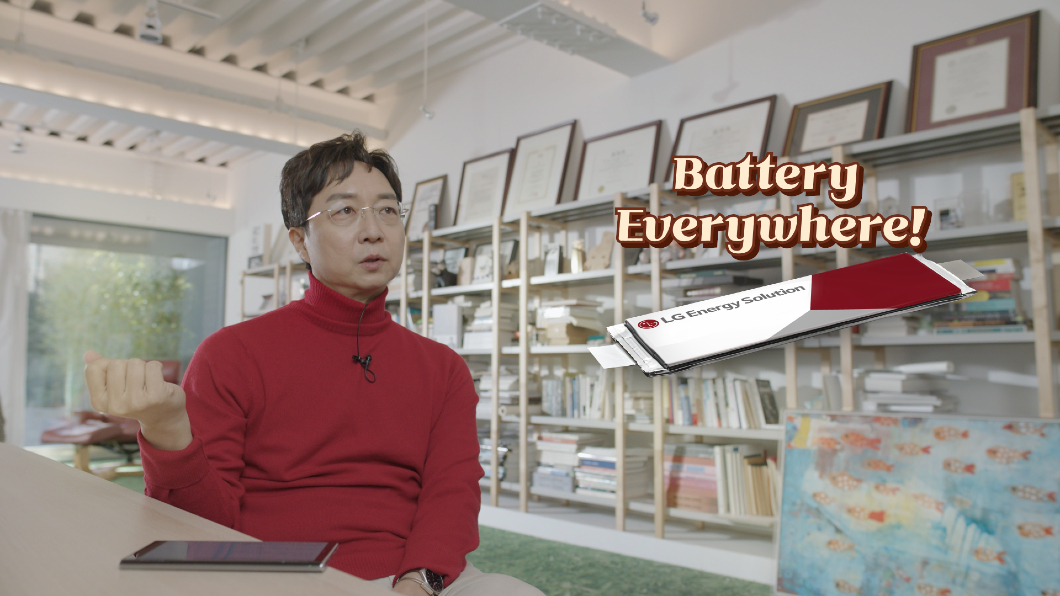
Man-made Electricity Ecosystem
The earth forms one ecosystem with a vast number of living things interacting with one another. The system is created by the flow of organic energy, such as oxygen, nitrogen, and carbon. Similarly, civilizations constantly create a human ecosystem. You can find the flow of energy in machines that humans endlessly develop. We power machines with coal energy, petroleum energy, and electric energy. Machines act like living organisms with a flow of energy within them. They are intertwined to form an ecosystem.
The Cell of an Electric Ecosystem: Battery
Batteries vs. mitochondria
All living things have mitochondria. It is like a power plant that generates energy called ATP (adenosine triphosphate), an organic compound that provides energy that allows us to live and perform various activities.
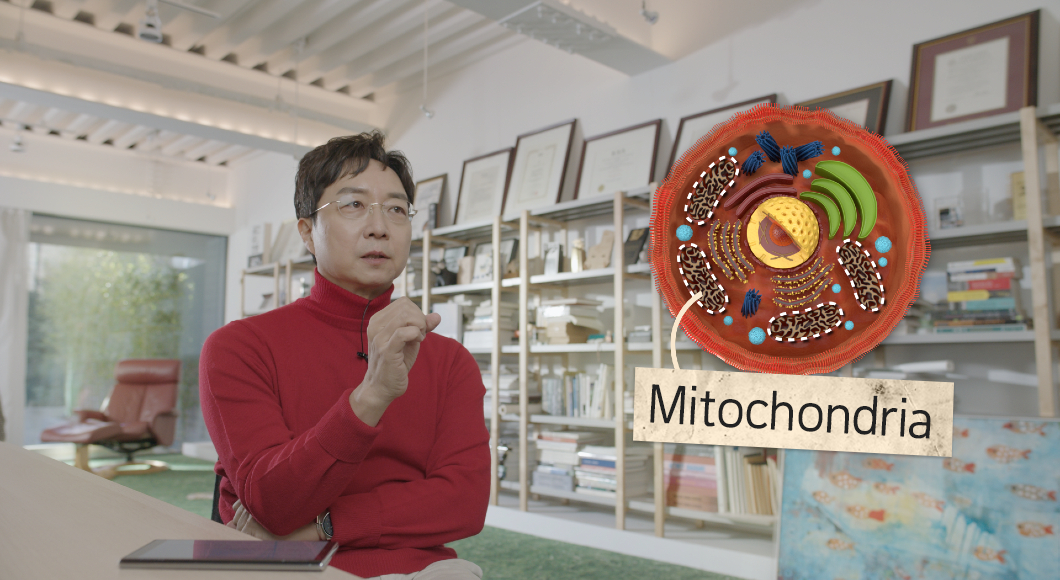
In an ecosystem of machines powered by electric energy, batteries play a similar role to mitochondria. To be exact, batteries don’t serve as a power plant. However, as mitochondria generate ATP to supply energy, batteries are charged with energy from elsewhere and then supply the energy to the machines.
Battery-driven change
I remember being very shocked when I saw a Sony Walkman for the first time. Until then, you had to listen to music through a radio or a record player. Then one day, you were able to take music with you on a portable battery-powered cassette tape player called the Walkman. In the past, I had to enjoy the convenience a device offered within the boundaries of a power source. Thanks to the advent of batteries, I can now enjoy the convenience of being on the go.
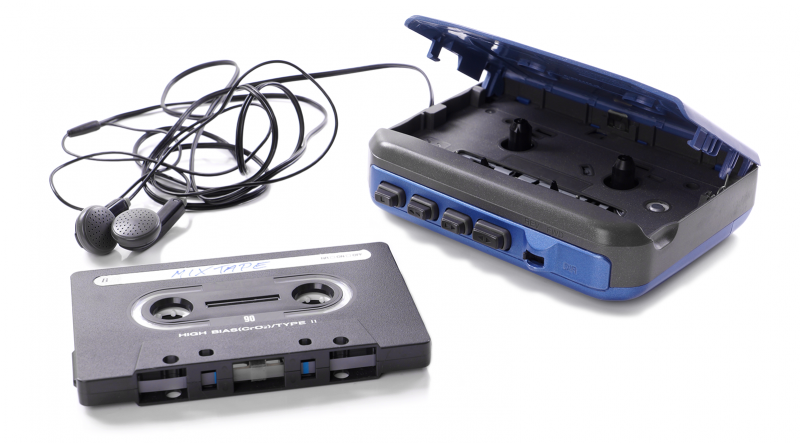
A typical example is a smartphone. Batteries have allowed us to carry a small computer with us, enabling us to connect with other people anytime, anywhere. Recently, a TV equipped with a battery has suggested a new lifestyle where you can drag it wherever you want and watch. As mobile technology advances, we are becoming less and less confined within a certain space. Even with electric vehicles, the more infrastructure is built, the more freedom they will offer beyond that of internal combustion engine vehicles. When the day comes, the changes in people’s lifestyles will ultimately shape the evolution of cities.
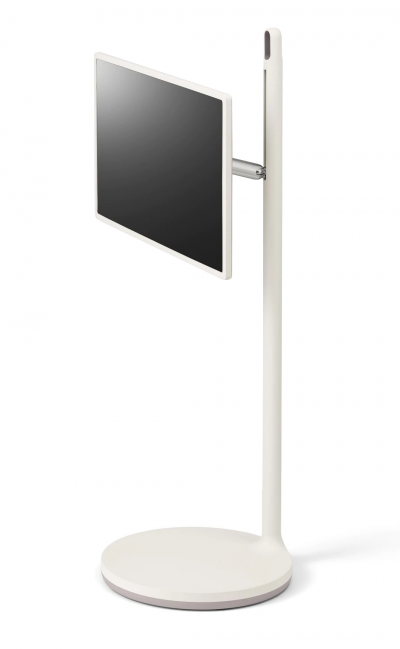
Batteries will play an essential role in shaping our lives. Our lives will change slightly differently depending on how much smaller the battery becomes, how much better performance it can offer, and how long it can be used. In addition, battery charging will not be limited to the earth but will be made available in space as well. As man explores space and other planets, we need the help of machines, and machines would not be able to help us without batteries. In other words, batteries are critical for our spatial expansion, and their uses are expected to be limitless in the future.
※ This column was written based on the writer’s views and does not necessarily reflect the opinion or strategy of LG Energy Solution.
